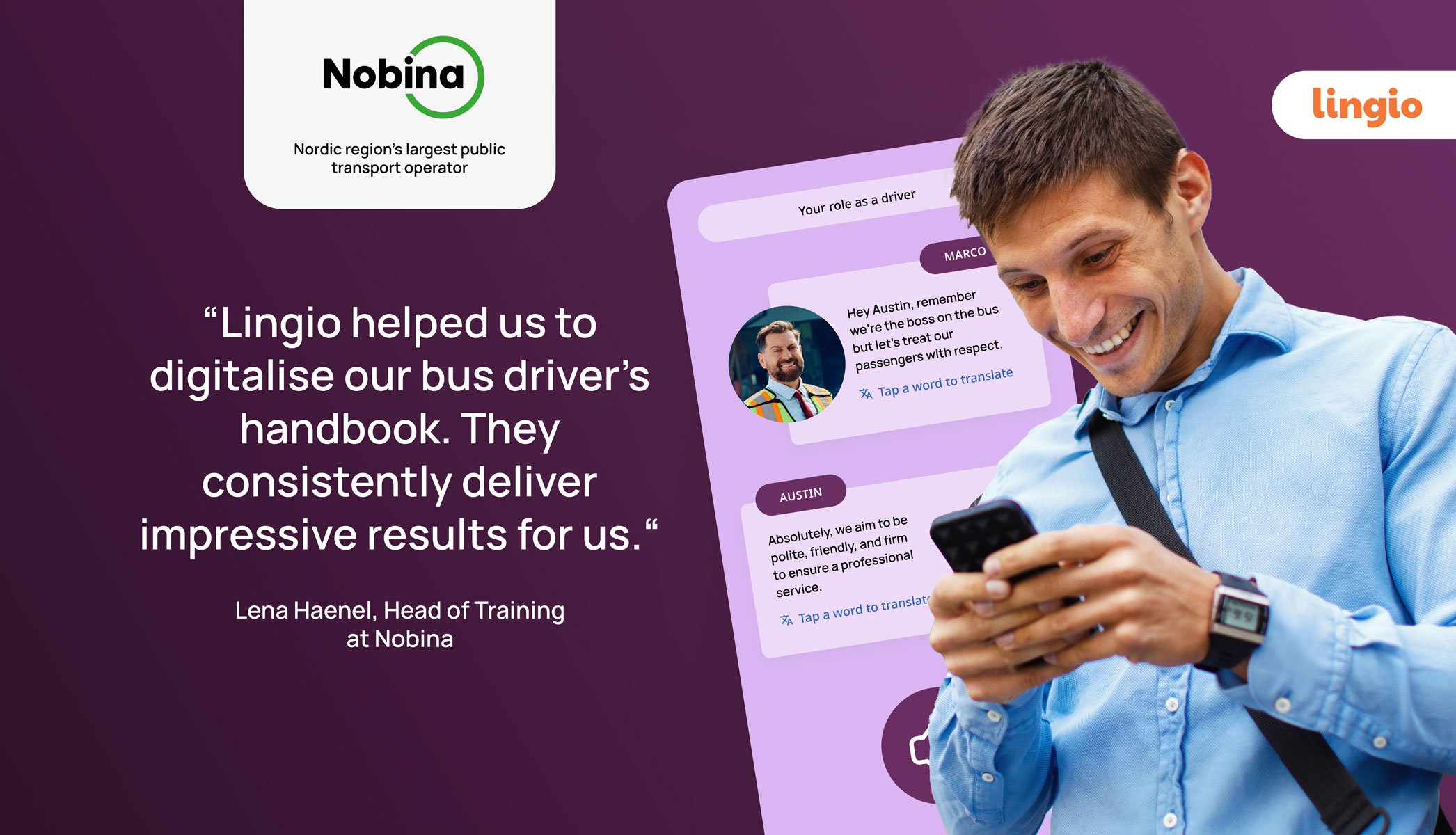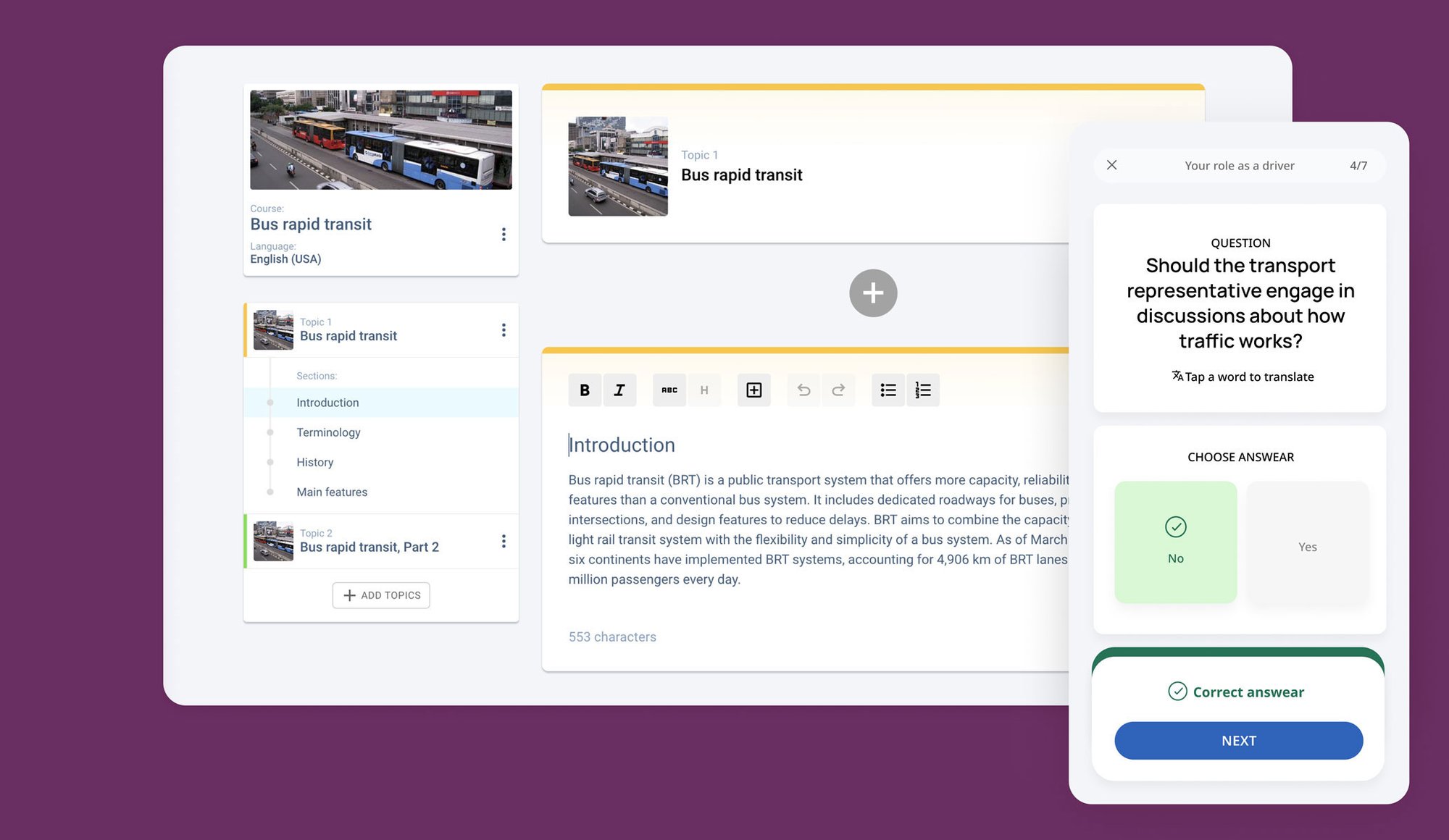Decoding various workforce development models with examples
This section explores various professional workforce development models, providing a framework for organisations to enhance their employee training and development approach. We delve into the specifics of each technique and provide examples to demonstrate their application in real-world scenarios.
1. Certifications
Certifications are formal endorsements by accredited institutions that validate an individual's proficiency within a specific area. The process involves rigorous training followed by assessments that test a comprehensive understanding of the subject matter. For instance, IT professionals can obtain a certification in network security, which confirms their skills and knowledge, updating their expertise to handle the latest security threats and thus enhancing the organisation's defence mechanisms.
2. Postsecondary education
Postsecondary education provides a deeper understanding and specialised skills training through structured courses at colleges and universities. This advanced education channel is often crucial for career advancement and may include hands-on experiences through internships, which are invaluable in fields like engineering or healthcare. For example, an engineer with a master's degree in renewable energy technologies will be well-prepared to lead projects focusing on sustainable solutions within energy firms.
3. Upskilling
Understanding how to upskill employees effectively is crucial in today's rapidly changing work environment. Upskilling involves targeted initiatives to enhance existing employee skills and adapt to advancements and changes within the industry. This training focuses on applying new technologies, methodologies, or processes to improve efficiency and effectiveness in current roles.
For instance, the Uppsala Municipality’s community service department in Sweden faced significant challenges due to language barriers among its diverse staff, leading to misunderstandings and operational inefficiencies. To address this, they partnered with Lingio, providing frontline staff training software, to deliver digital, mobile-based language training tailored to the unique needs of their workforce. This approach allowed employees to learn Swedish effectively within the context of their roles, accommodating various language backgrounds and personal schedules. This upskilling effort improved staff communication and increased overall job performance, demonstrating how targeted workforce development training interventions can resolve specific operational challenges and contribute to a more inclusive and productive workplace environment.
4. Reskilling
Reskilling enables an organisation to pivot its workforce capabilities to match changing market needs without the added time and financial costs of recruiting new staff. By training employees in new competencies, companies maintain agility and resilience. For example, a manufacturing worker could be reskilled in robotics maintenance as the factory automates its processes, thus preserving their employability.
5. Professional development courses
Professional development courses are vital to employee growth, impacting career trajectories and enhancing workplace effectiveness. These courses cover a broad spectrum, from industry-specific updates to general skill enhancements like leadership or strategic thinking.
For example, with cybersecurity emerging as a critical concern for all businesses, employees across various roles are encouraged to undertake cybersecurity training. These courses serve a vital function by educating them on the latest preventive measures and security protocols, effectively making them the first line of defence against potential digital threats.
6. Mentorship programs
Mentorship programs are vital for understanding how to coach employees effectively. They facilitate the direct transfer of knowledge and norms from experienced employees to newer ones, enhancing professional development and integrating employees more seamlessly into the corporate culture.
For instance, in the hospitality industry, experienced hotel managers mentor new staff members, significantly shortening their learning curve in fast-paced service environments. Additionally, attending workforce development conferences can offer interesting mentorship experiences.
7. On-the-job training
On-the-job training is a hands-on method where employees learn directly within their working environment, using the actual tools and tasks of their daily roles. This type of ongoing training is highly effective because it allows employees to immediately apply what they learn in a real-world context, thereby enhancing retention and practical skill application.
For example, new cashiers often receive on-the-job training in the retail industry during their initial weeks. They learn by shadowing more experienced cashiers who demonstrate the use of the register, customer interaction techniques, and how to handle transactions efficiently.
8. Apprenticeships
Apprenticeships are structured programs that blend on-the-job training with classroom learning, providing a comprehensive approach to skill development. Apprentices work under the guidance of experienced professionals and attend formal educational sessions, which offer a deep and practical understanding of their field.
For example, apprentice janitors might work under the guidance of facility management professionals, learning advanced cleaning techniques and safety protocols while also attending classes on sanitation and environmental standards. This combination of hands-on experience and formal education equips them with a broad skill set that enhances their effectiveness and adherence to industry best practices.
These workforce development models enable organisations to craft tailored training programs that align with their operational requirements and future goals. This ensures a capable and adaptable workforce ready to excel in their respective fields.










